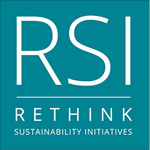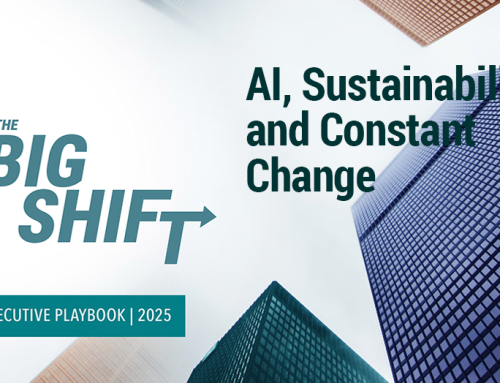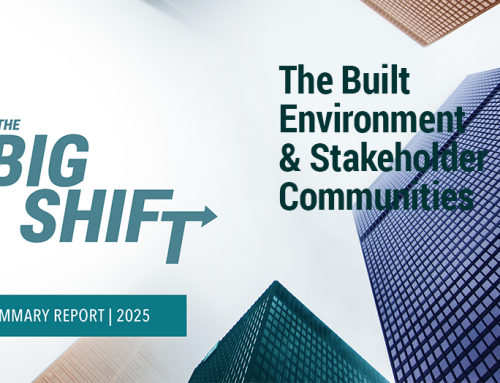Project Description
The business environment has changed rapidly since the pandemic. We have all been permanently uprooted—both physically and culturally—from what used to be the status quo. These systemic changes continue to affect everyone, both directly and indirectly. Every company has been impacted, as well as every commercial building owner and landlord, tenant, worker, supplier, customer, and local community.
To survive and stay in business, many companies were forced to make tough choices. They had to reinvent their offerings, downsize their operations, move to smaller spaces or restructure as a hybrid or virtual organization without physical headquarters. The pandemic is just one element of a systemic disruption that continues to challenge business as usual. The disruptions have hindered how companies operate, but they have also unleashed opportunities to reimagine and shape business. Some companies have found new ways to thrive. The key enablers are adaptability combined with futures thinking: the pillars of a new competitive advantage.
This article (first in the series) provides a contextual overview of emerging and converging trends and issues reshaping the future of buildings, organizations, and the “new normal” for the modern workforce. Our aim is to explore how leaders and innovators harness the power of adaptability and use the tools of futures
thinking to design the workplace of tomorrow. We will also examine how the real estate industry is resisting change and driving innovation
Download the article here





